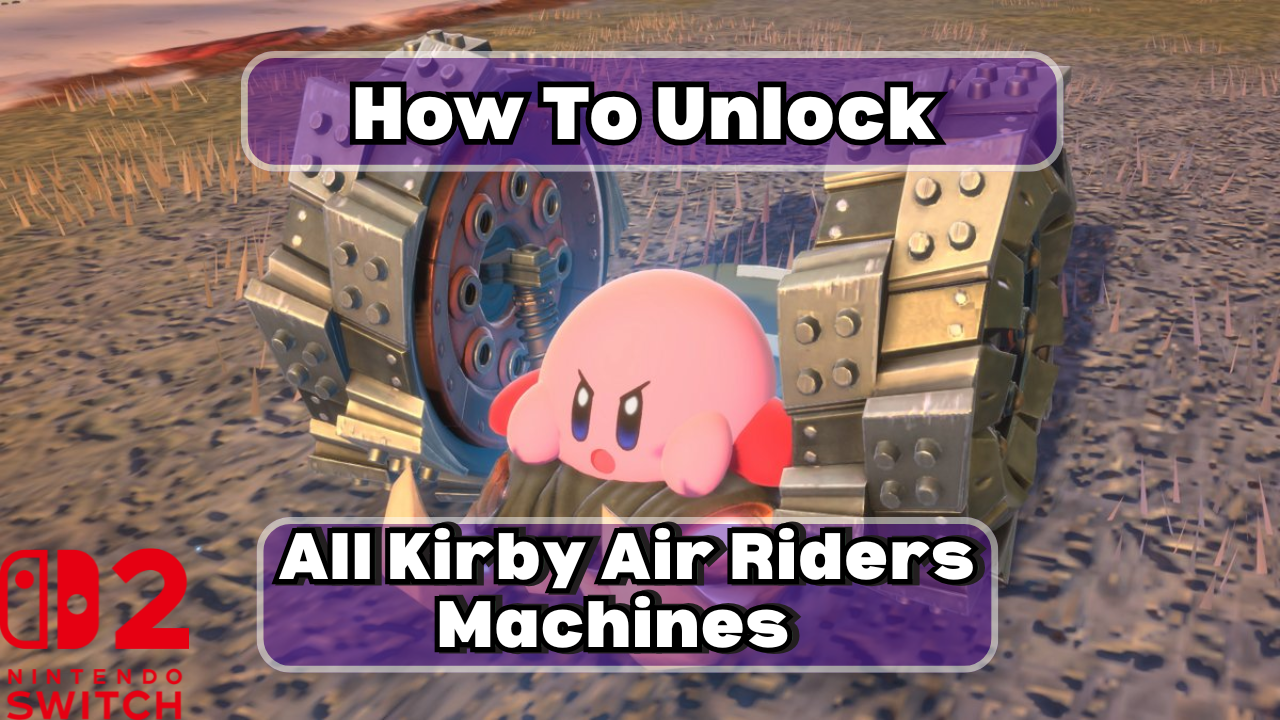The Cardano (ADA) ecosystem faced an unexpected shock when the network briefly split into two parallel chains due to a rare software flaw. A staking-pool operator triggered a previously unknown bug, causing nodes to disagree on chain validity and temporarily fragmenting the blockchain. While the issue has been resolved through rapid node upgrades, the incident escalated dramatically when Cardano founder Charles Hoskinson announced that the FBI had been notified. What Actually Happened? A Delegation Transaction Broke Consensus The disruption began when a staking pool operator known as “Homer J” submitted a delegation transaction crafted with the help of an AI-generated code snippet. The transaction was technically valid under Cardano rules. But, it triggered a long-standing, dormant bug that had never been hit before. As a result: Some nodes accepted the transaction Others rejected it The blockchain forked into two active versions The consensus temporarily broke This type of issue is extremely rare and represents one of the most serious possible failures for any blockchain. How Serious Was the Cardano Network Split? A temporary chain split can lead to: Conflicting transaction histories Orphaned or invalidated transactions In extreme cases, double-spending According to early analyses, a few double debits may have occurred, but the incident was quickly contained as operators were instructed to upgrade to the new, fixed software. The core network has since reconverged onto a single chain. Hoskinson Calls It a Criminal Act FBI Notified Charles Hoskinson escalated the situation by stating that the event constitutes a serious crime, describing it as a deliberate attack on the security of the network. He also announced that the FBI was contacted to investigate potential malicious intent behind the triggering of the bug. While the operator “Homer J” has accepted responsibility and claims it was unintentional, Hoskinson is treating it as a legal matter that goes beyond a simple technical mistake. Who Triggered the Bug and Why? “Homer J,” a known Cardano staking-pool operator, stated that: He used an AI-generated code snippet He did not expect the transaction to trigger a systemic vulnerability He did not intend to attack the network This raises new concerns about the role of automated code tools and whether individuals fully understand the consequences of complex blockchain transactions. Impact on ADA Price Despite the severity of the issue, Cardano’s market reaction was mild: Still, the event has raised questions about Cardano’s robustness and whether other hidden bugs might exist. Why This Incident Matters: Lessons for the Blockchain Industry This event highlights several critical points for blockchain networks: 1. Even Mature Blockchains Can Break A single overlooked bug can split a global network. 2. AI-generated code introduces new risks Developers increasingly rely on automated tools, often without full protocol-level understanding. 3. Governance and transparency matter Rapid coordination among node operators prevented a larger disaster. 4. Legal frameworks are evolving Hoskinson contacting the FBI shows how blockchain incidents are now treated as possible cybercrimes. Is Cardano Safe Now? Yes the network has stabilized. Node operators have already upgraded, restoring full consensus. However: Further audits and stress testing are expected Developers will examine whether similar dormant bugs exist Exchanges and staking providers may review delegation logic Cardano will likely publish a full post-mortem soon. Conclusion The Cardano network split is one of the most significant events in the blockchain’s history a reminder that even top-tier chains can face unpredictable vulnerabilities. With the FBI now involved and the ecosystem back to normal, the focus shifts to long-term stability, code review, and preventing similar incidents in the future.
https://bitcoinethereumnews.com/tech/cardano-network-split-after-software-bug-fbi-gets-involved/

